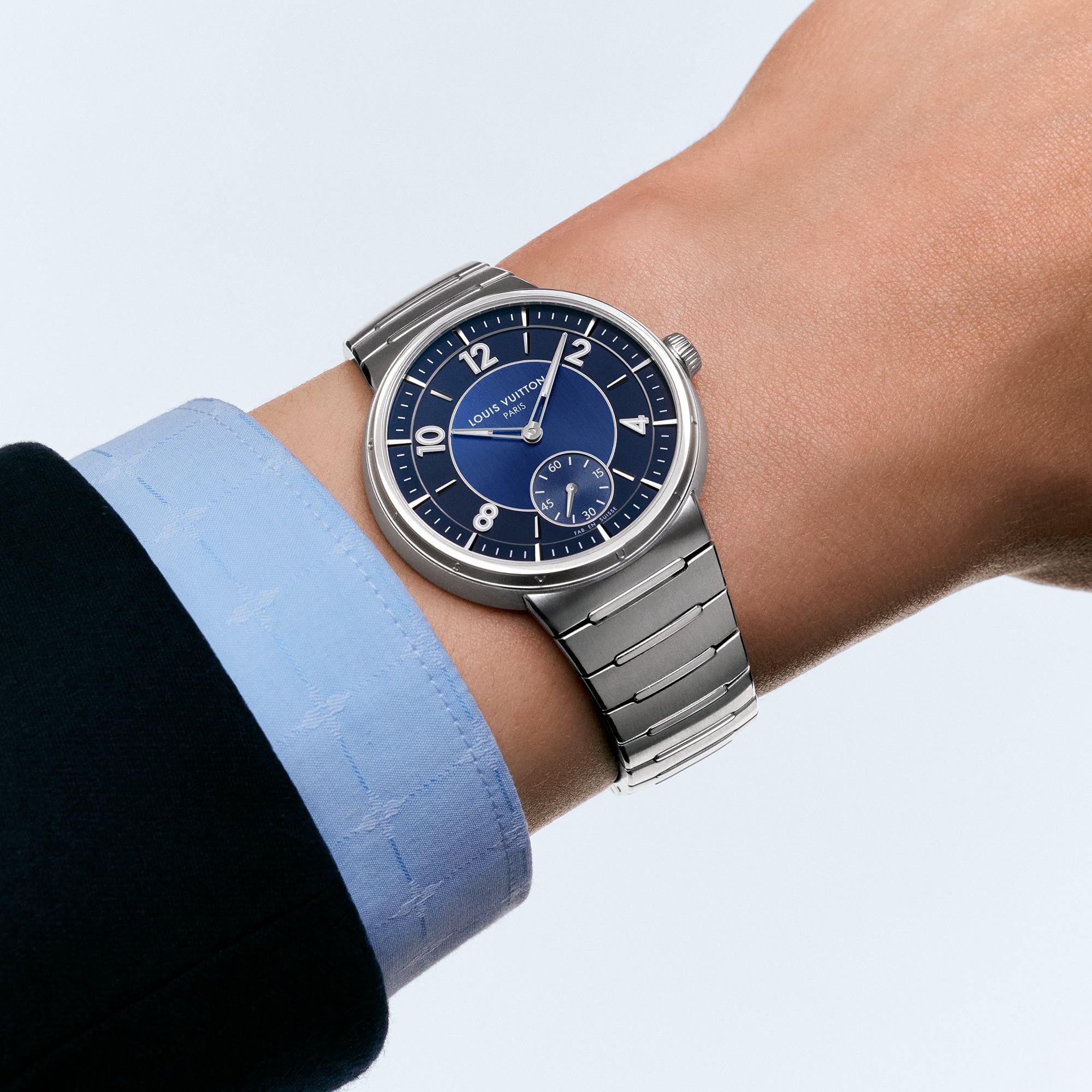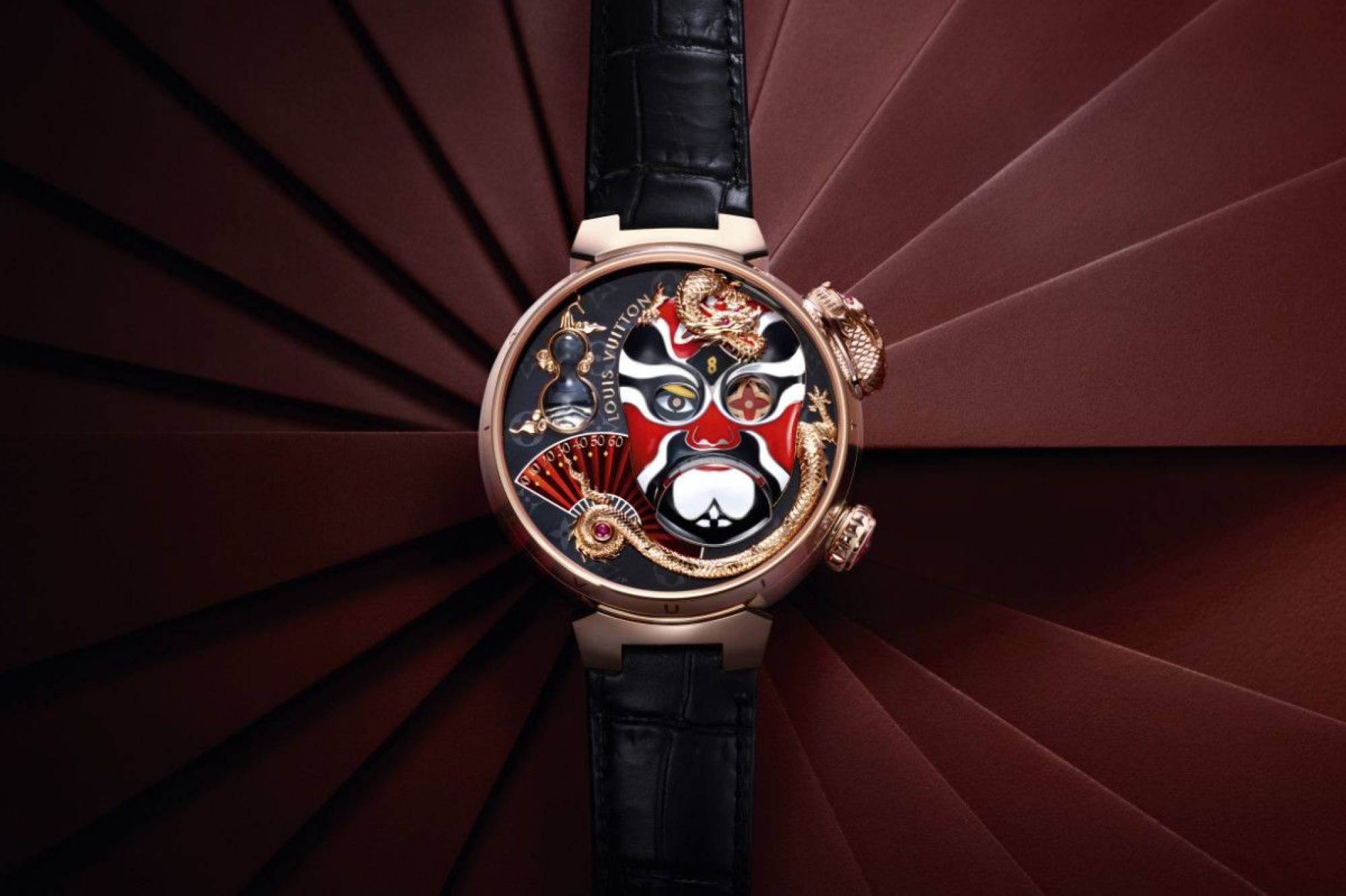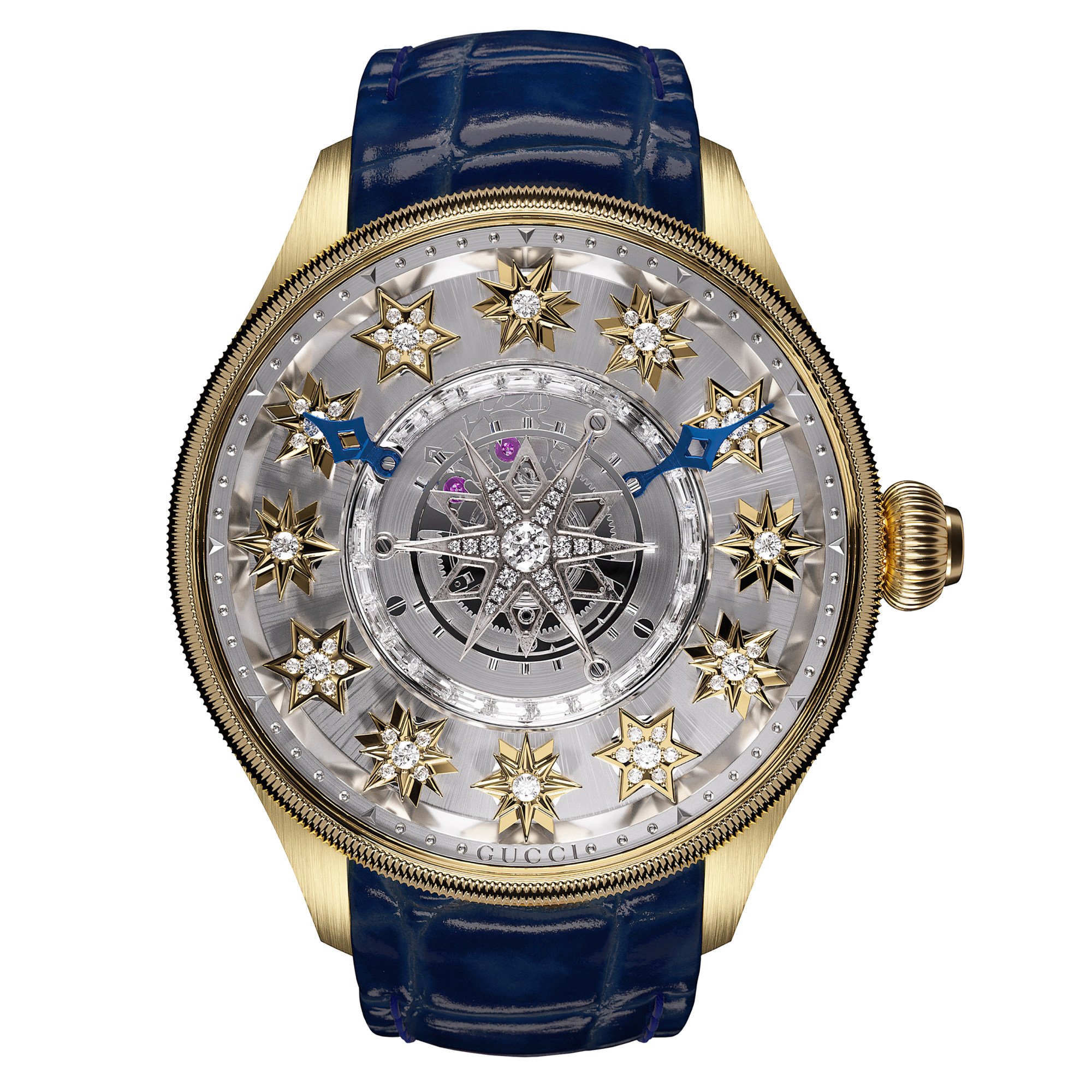Which luxury brands tried watchmaking first … and got it right? Chanel’s Première paved the way for Louis Vuitton’s signature Tambour – but Gucci already did timepieces back in the 70s

When Louis Vuitton retired 80 per cent of its watch line-up this July, it caused quite the stir in horological circles.
A hint of its new direction came with the simultaneous release of a thinner and more elevated design of the brand’s signature Tambour. By returning to its first foray as a high-end horologer – the original Tambour was released back in 2002 – this signalled LV’s renewed commitment to the fine watchmaking space. Shifting focus from bold aesthetics, like the mechanically bonkers Tambour Opera Automata based on the Sichuan bian lian opera released in March, it set the brand’s sights on the integrated bracelet sports watch market.

Fellow LVMH titan Bulgari was ahead of this curve, with the 2014 release of the Octo Finissimo, a statement of in-house savoir faire in dial, case, movement and bracelet making, in notable contrast to its jewellery-inspired watches like the Serpenti and Allegra.
More fun than function: fashion watches are having a moment
Today, a growing number of luxury names, from Rowing Blazers to Armani, want to dip their toes into more sophisticated horology, which begs the big question …
Why are luxury brands so interested in watches?

Kim Parker, a luxury journalist and editor, argues that, “Like the world of couture, there is a lot of precision and prestige associated with the world of high horology. It is an area that allows luxury makers to define and showcase the apex of their creativity and craftsmanship, bringing together so many different artisanal disciplines, like jewel setting, marquetry and enamelling,” she says. “To operate in this sphere says a lot about a maison’s dedication to elite craftsmanship, as well as its ambitions for operating in an increasingly competitive industry.”
With the rise of independent watchmakers, innovative start-ups and advances in technology, the luxury watch market is more saturated than ever. So, how does a brand establish itself in this rarefied space and challenge the horological status quo?
Which were the first luxury brands to manufacture watches?

We can find some instruction in going back to the history books and looking at earlier examples of brands that have successfully made the leap. Heritage jewellery maison Van Cleef & Arpels was one of the earliest luxury jewellers to successfully make the jump.
Founded in 1896 and opening its first boutique in Paris’ Place Vendôme in 1906, the brand quickly became known for its timeless jewellery, coveted by the likes of Grace Kelly, Elizabeth Taylor, Wallis Simpson, Marlene Dietrich and Barbara Hutton. It wasn’t until 1923, however, that Van Cleef & Arpels unveiled its first timepiece, a platinum and diamond secret wristwatch, which remain a signature of the brand today, thanks to its blending of gleaming gems and watchmaking.

Luxury fashion brands have been upping their watch game, too, garnering increasing attention for their bold designs. Ahead of LV trod Chanel, who introduced its first timepiece, the Première, in 1987. With this debut model, the French brand took design cues from existing house icons: the distinctive lines of the case evoke the stopper of the N°5 fragrance bottle, while its leather and metal interlaced chain strap is a nod to the house’s famous quilted handbags, creating a bond between the worlds of fashion and watchmaking.
How pocket watches got cool again – from Peaky Blinders to ‘watchtok’
“Chanel is very committed to high watchmaking, investing a lot in the craftsmanship and innovation of their timepieces,” says Parker. “For example, they bought a stake in F.P. Journe back in 2018, which owns incredible workshops such as the Cadraniers de Genève, who are experts in high-end dials.”
Gucci became one of the first fashion houses to branch into timepieces in the 1970s with models like the G-Timeless. The Italian brand has since expanded its offerings with the Grip and Dive collections, as well as the 25H, an ultra-thin sports watch and in 2021, its entrance into the world of high watchmaking.

Why do Gen Z love fashion and watch collabs so much?
“The incredible power of newer and younger luxury clientele, many of whom have different expectations and brand loyalties to those traditionally seen as luxury watchmakers, is something that cannot be denied,” says Parker, alluding to old-fashioned “connoisseurs” who would overlook such offerings in favour of traditional Swiss brands.
Androgyny and the timepiece: the male celebrities wearing women’s watches
“The advent of social media, too, has allowed niche brands and fashion brands alike to communicate their luxury watchmaking skills directly to a global audience – including innovations and recognition at high-profile events such as Watches and Wonders or among the GPHG [Fondation du Grand Prix d’Horlogerie de Genève] prizes.

“And the fashion maisons themselves are doing a lot to stamp their authority on the industry, by creating complex proprietary movements and investing in rare craftsmanship skills,” says Parker. But what impact will growing demand for a greater variety of timepieces have on Swiss watchmaking? “Increasing competition and pushing the boundaries of innovation and creativity only helps to grow awareness of the industry as a whole. The industry hasn’t declined with the advent of digital timekeeping,” adds Parker.
“Competing at the very top level of luxury horology is not something brands can take on without significant investment and dedication, so it’s not something any fashion brand would do lightly.”

- Back in 1923, high jewellery house Van Cleef & Arpels crossed over with its first timepiece, a platinum and diamond secret wristwatch – but fashion maison were slower on the move
- Gucci launches its first fashion watch in 1972, the Chanel Première was introduced in 1987 and Louis Vuitton’s signature Tambour followed in 2002 – now labels from Rowing Blazers to Armani are following suit